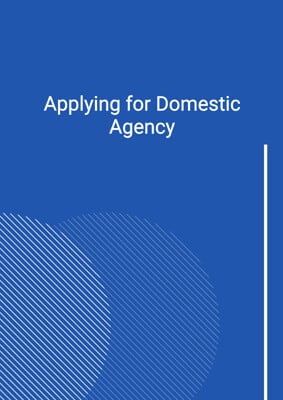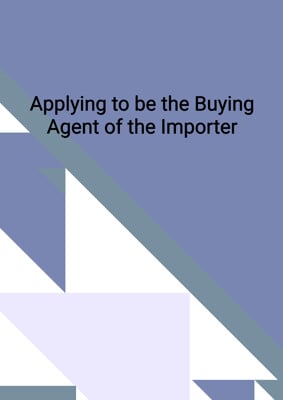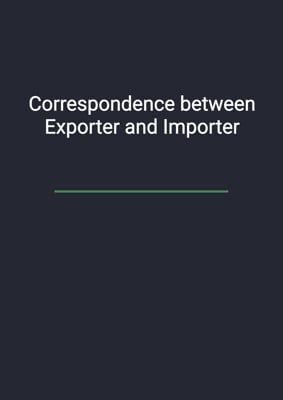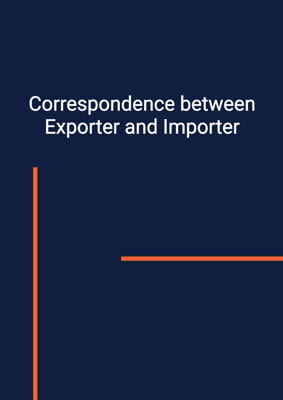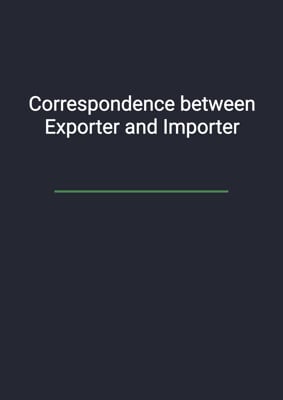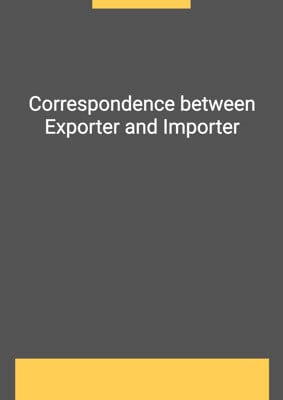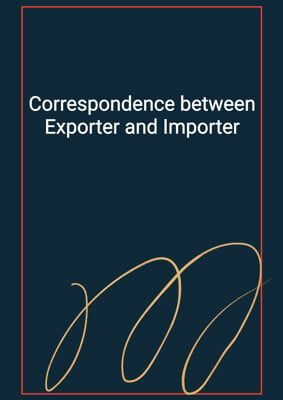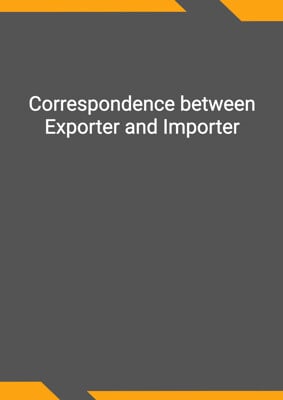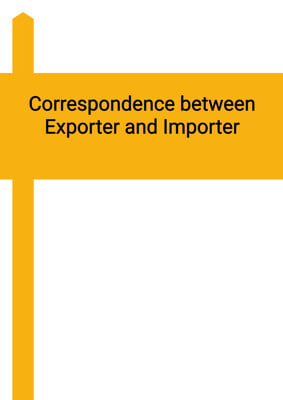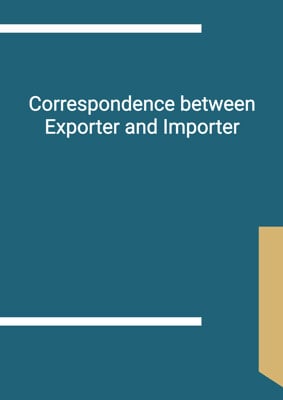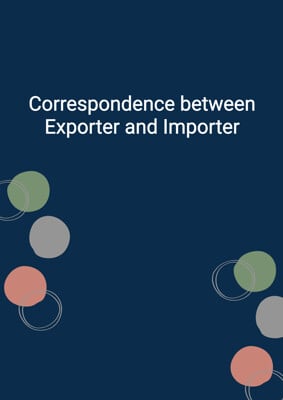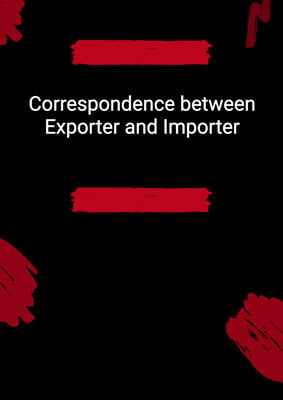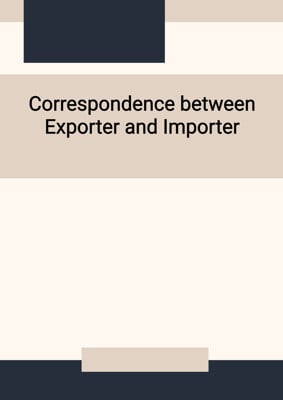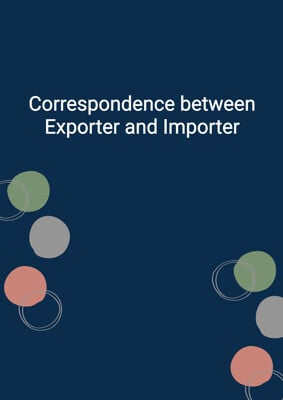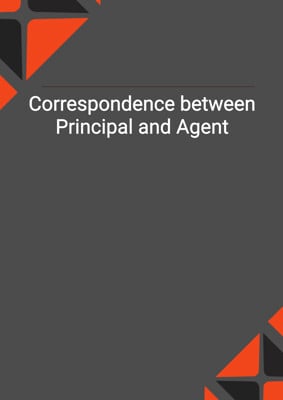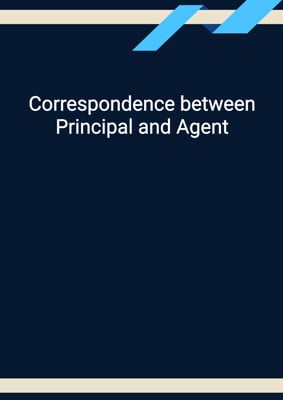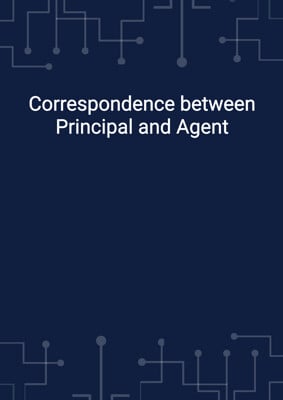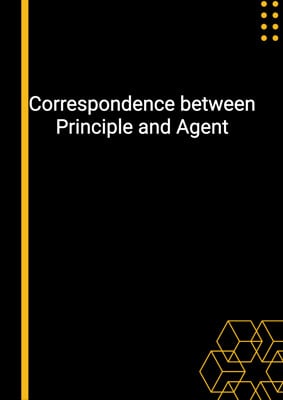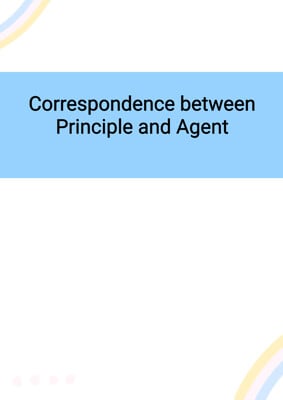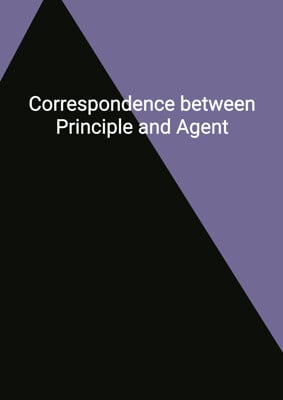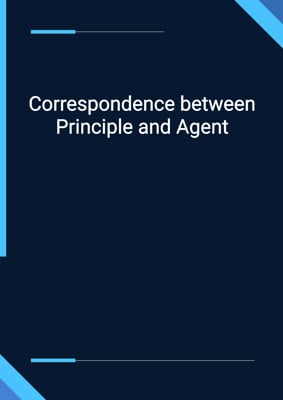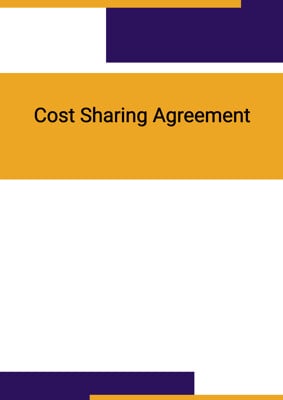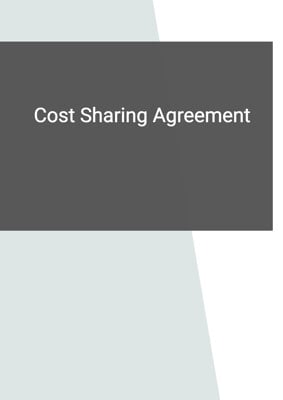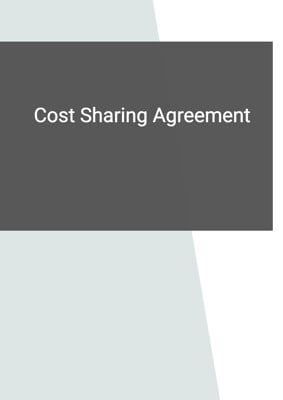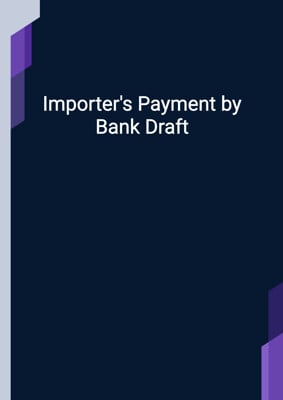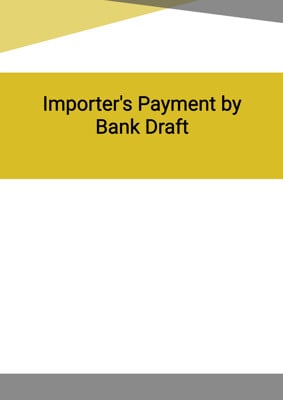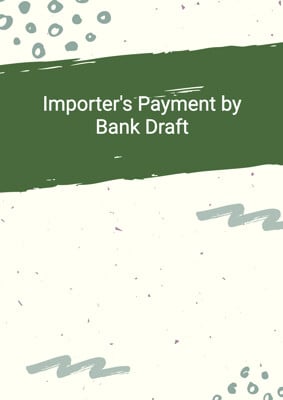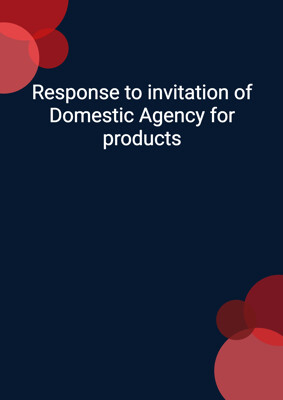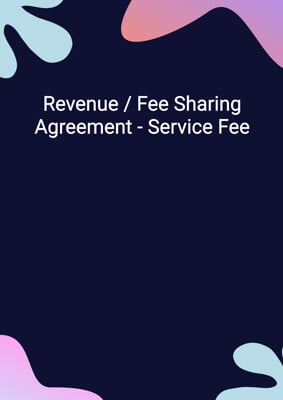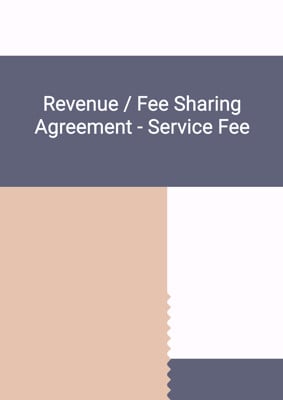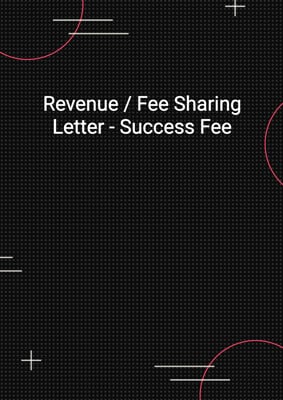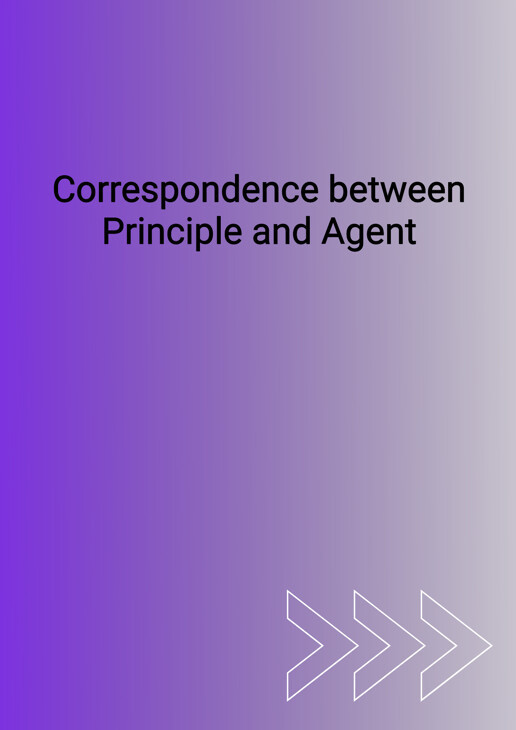
Correspondence between Principle and Agent
Agent Instructing the Warehouse
This document can be used as a template for the agent to instruct the warehouse to prepare the goods after receiving an indent order from the principal. It is a letter to the principal and it sets out the details of the shipment and how the documents should be attached.
How to Tailor the Document for Your Need?
01
Create Document
Click "Create Document" button and the document will be prepared with your account details automatically filled in.
02
Fill Information
Please fill in any additional information by following the step-by-step guide on the left hand side of the preview document and click the "Next" button.
03
Get Document
When you are done, click the "Get Document" button and you can download the document in Word or PDF format.
04
Review Document
Please review the document carefully and make any final modifications to ensure that the details are correct before sending to the addressee.
Document Preview
Document Description
The document titled 'Correspondence between Principle and Agent' is a formal letter used for communication between a principal and an agent. The importance of this document lies in its role in establishing clear communication and understanding between the two parties involved. It serves as a written record of the agreement and provides a reference point for any future discussions or disputes.
The entire document consists of a header section, a body section, and a closing section. The header section includes the title of the document, which clearly indicates its purpose. It also includes the date of the correspondence and the salutation, which addresses the recipient of the letter.
The body section of the document contains the main content of the correspondence. It starts with a formal greeting, followed by a brief introduction that states the purpose of the letter. In this case, the purpose is to inform the recipient about an order received from the principal.
The body section further provides specific details about the order, such as the particulars of the order, including the official order form, packing and forwarding details, and case marks. It also mentions the deadline for the goods to be ready for collection and the importance of prompt delivery.
The document then outlines the requirements for the invoices, which should be sent in triplicate and priced ex-warehouse. It also mentions that the account will be settled by the customers directly with the recipient of the letter, who is acting as the agent.
The closing section of the document includes a request for confirmation of acceptance of the order and a reminder to inform the sender when the goods are ready for collection. It ends with a formal closing and the sender's name, job title, and signature.
Each section of the document serves a specific purpose and contributes to the overall clarity and effectiveness of the communication between the principal and the agent.
How to use this document?
1. Enter the relevant information: Fill in the account first name, account last name, account job title, and address in the designated fields. This information is necessary for identification purposes.
2. Specify the date: Enter the current date in the designated field. This will provide a reference for future correspondence.
3. Address the recipient: Use the appropriate salutation (e.g., 'Dear Sir/Madam') to address the recipient of the letter.
4. Introduce the purpose of the letter: In the body section, briefly explain the purpose of the correspondence, which is to inform the recipient about an order received from the principal.
5. Provide order details: Include the particulars of the order, such as the official order form, packing and forwarding details, and case marks. This will ensure that the recipient has all the necessary information.
6. Emphasize prompt delivery: Highlight the importance of prompt delivery and mention any specific deadlines for the goods to be ready for collection.
7. Specify invoice requirements: Clearly state the requirements for the invoices, such as sending them in triplicate and pricing them ex-warehouse.
8. Clarify payment arrangements: Mention that the account will be settled by the customers directly with the recipient, who is acting as the agent.
9. Request confirmation and notification: Ask the recipient to confirm acceptance of the order and to inform the sender when the goods are ready for collection.
10. Close the letter: End the letter with a formal closing (e.g., 'Yours faithfully') and include the sender's name, job title, and signature.
Note: This guidance focuses on the practical aspects of using the document and emphasizes the key steps and considerations for effective communication between the principal and the agent.
Not the right document?
Don’t worry, we have thousands of documents for you to choose from:

